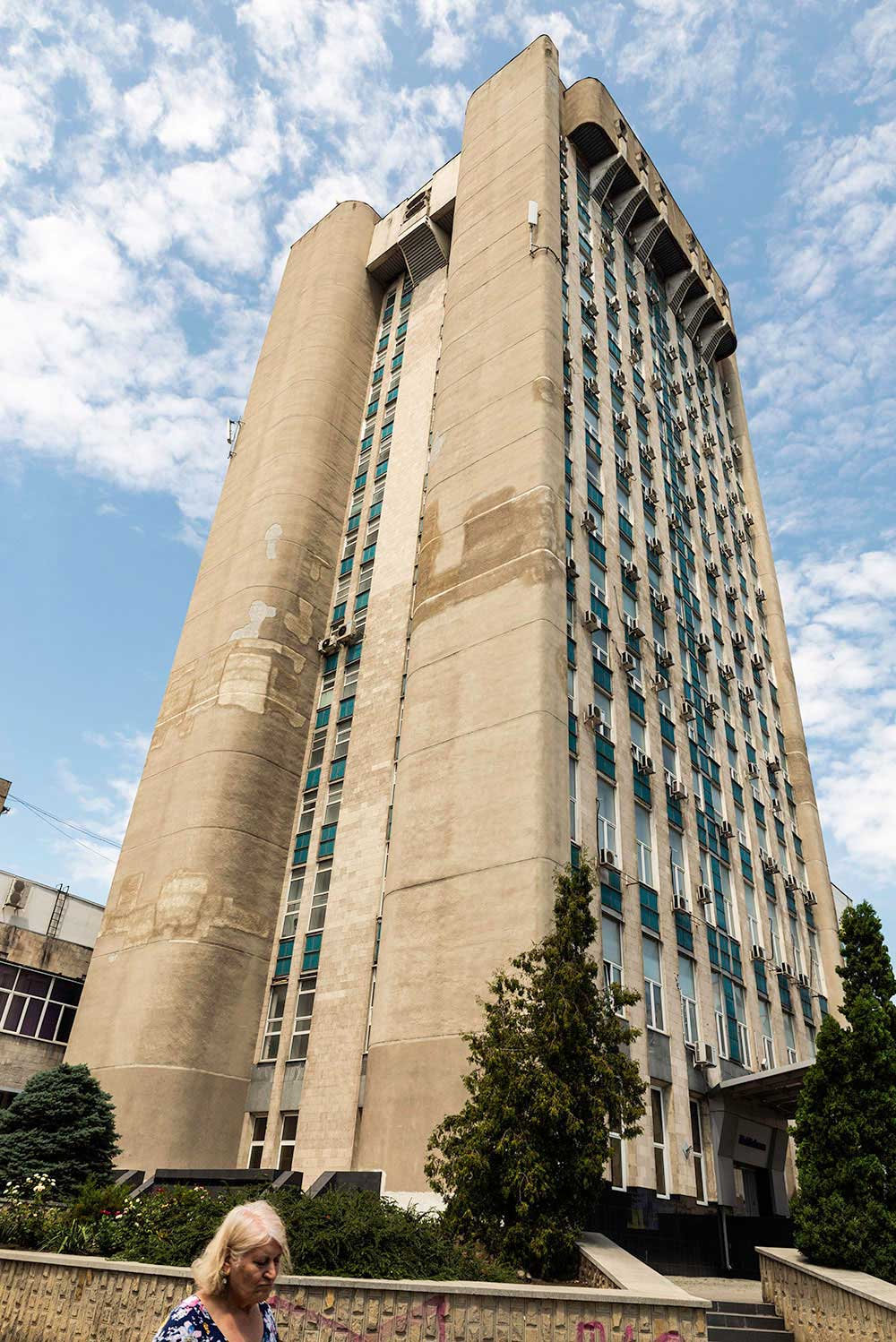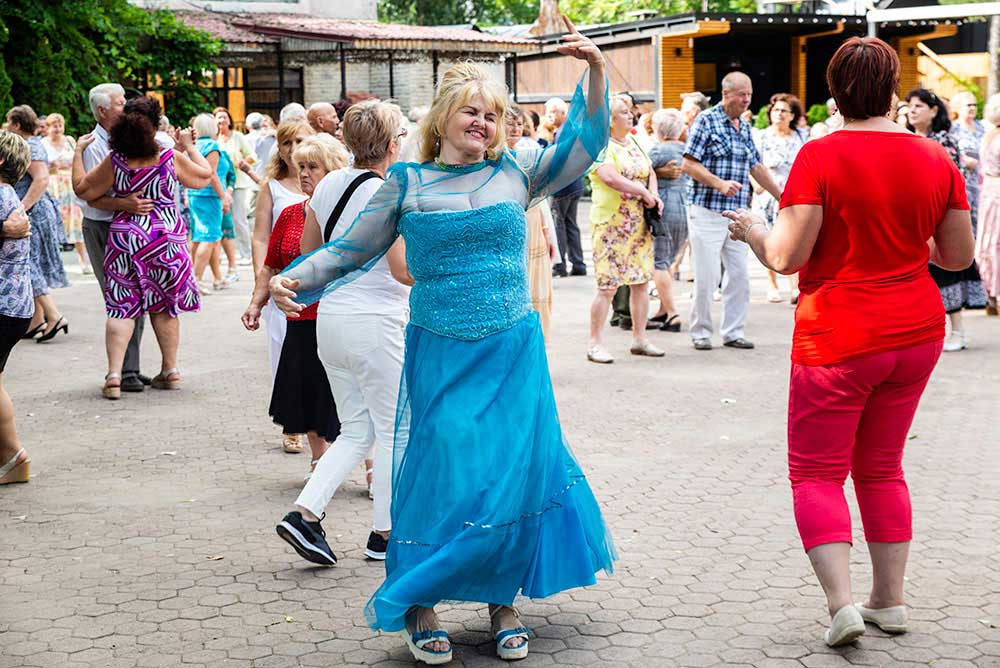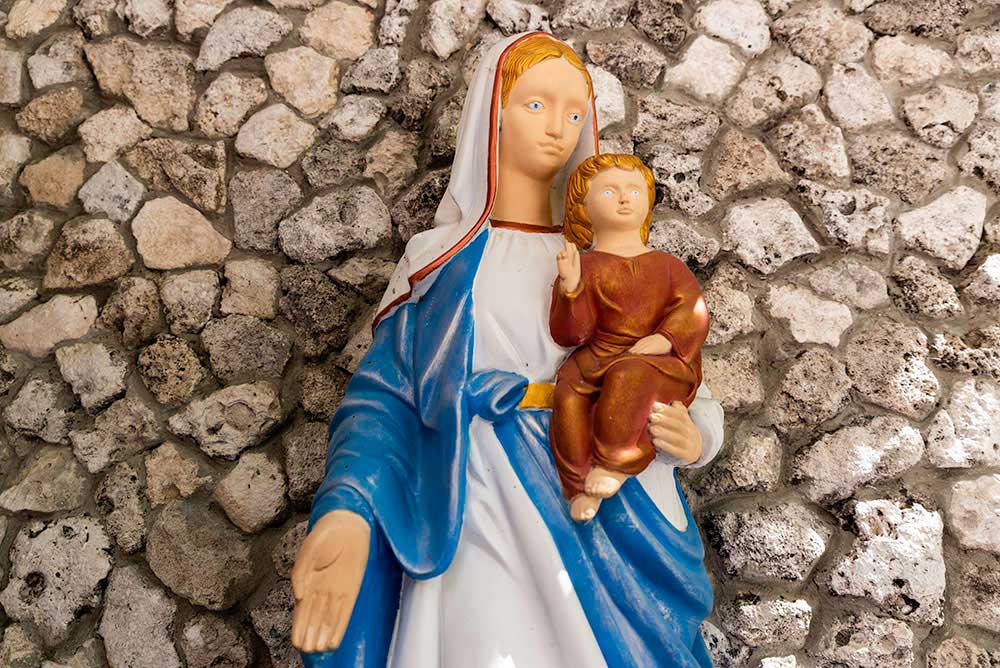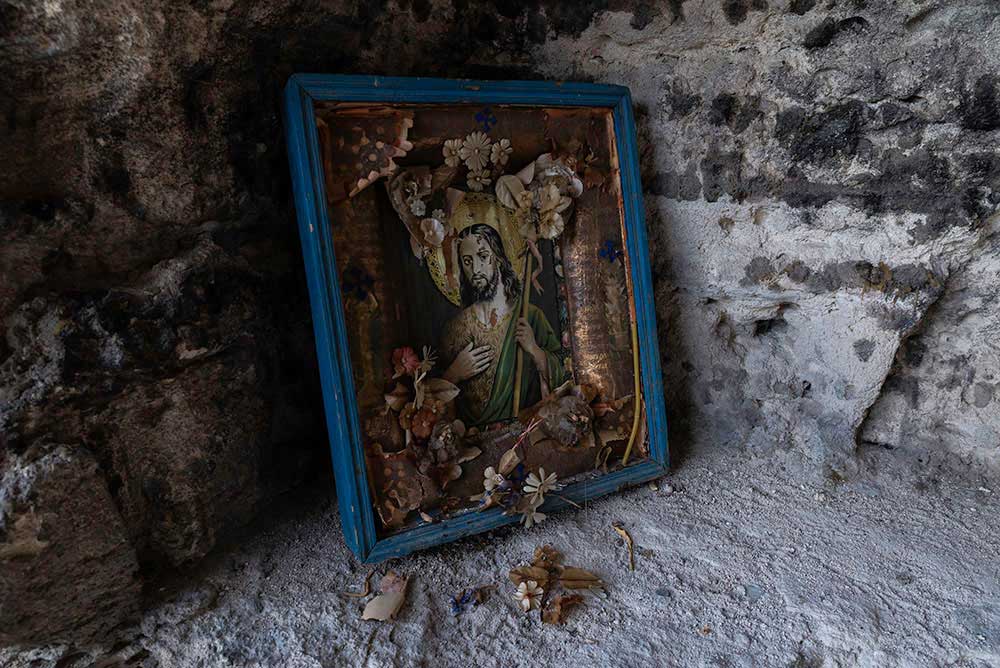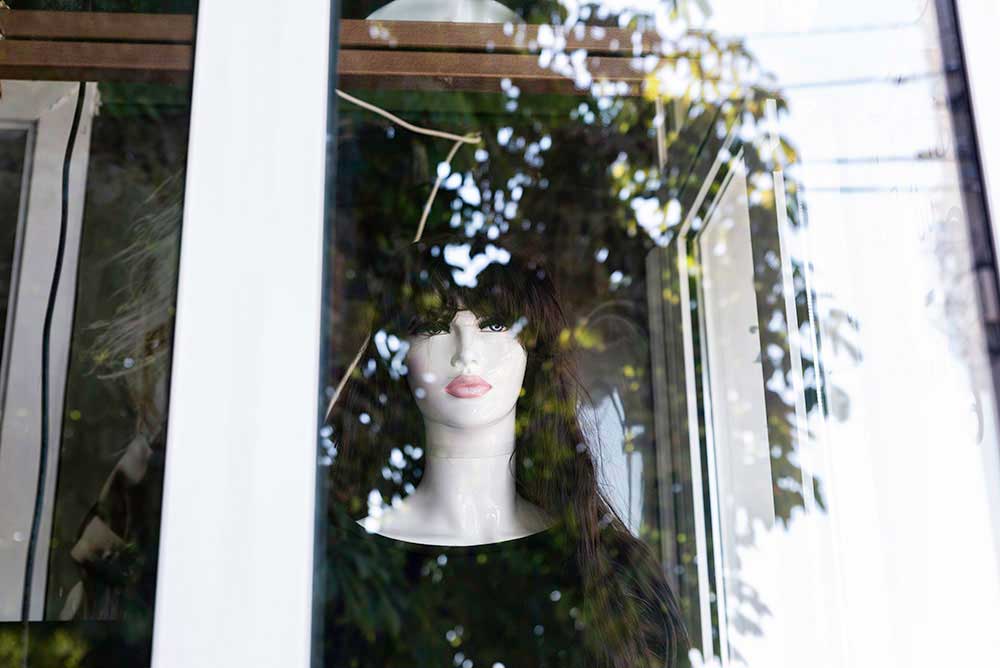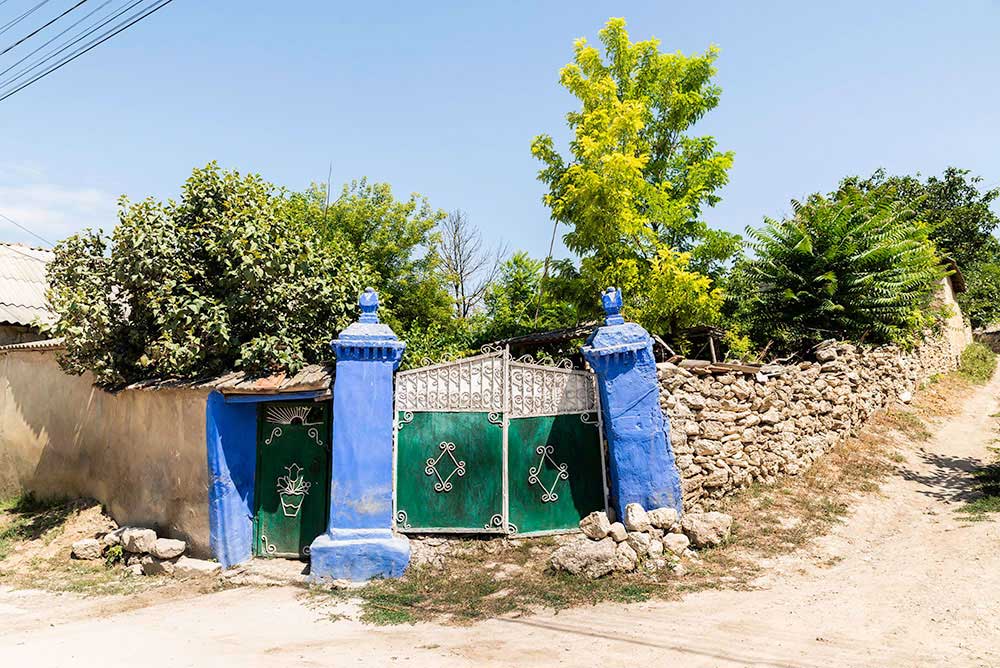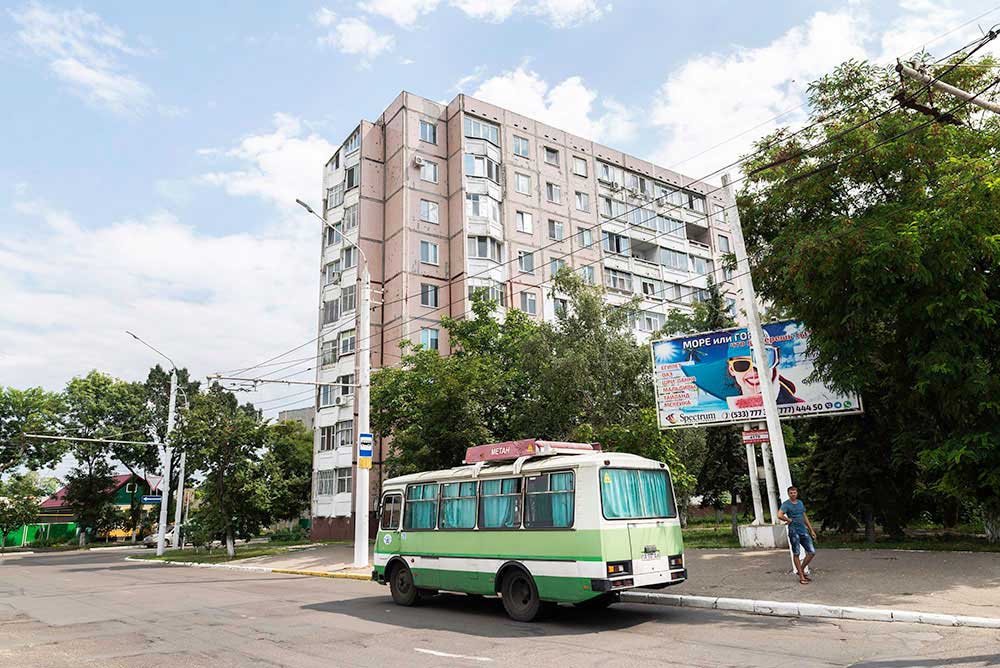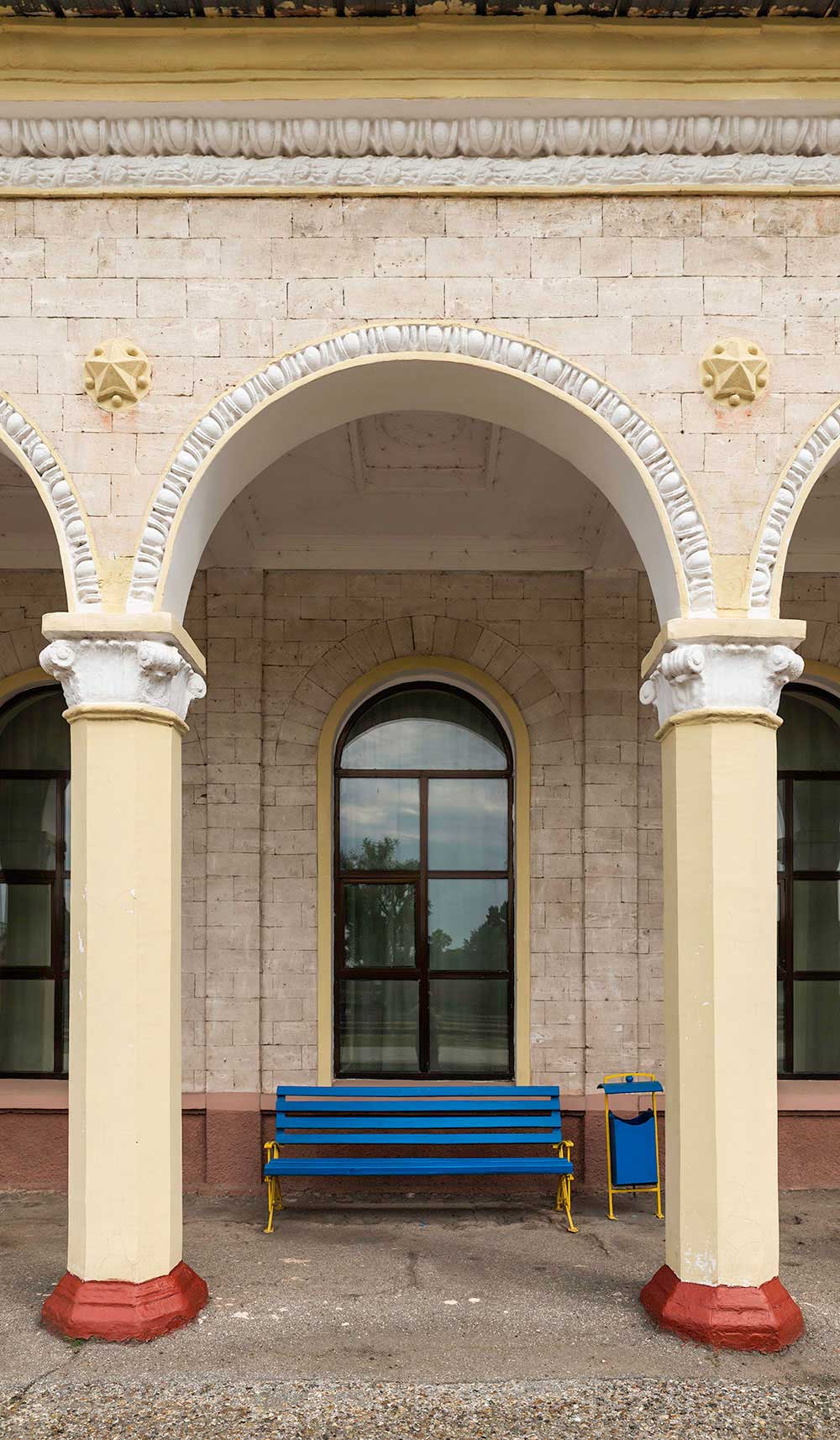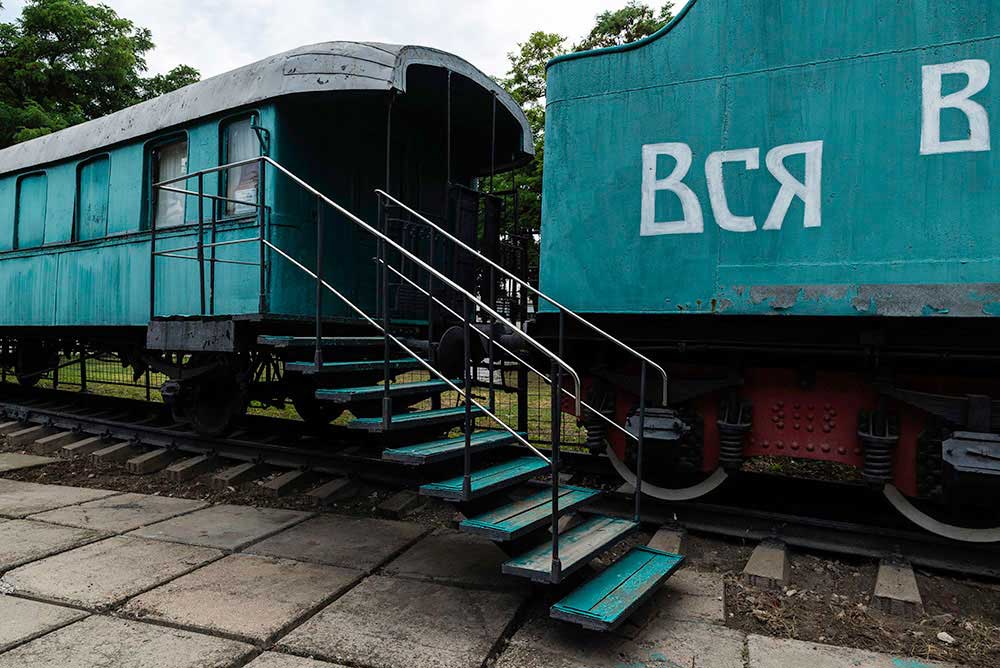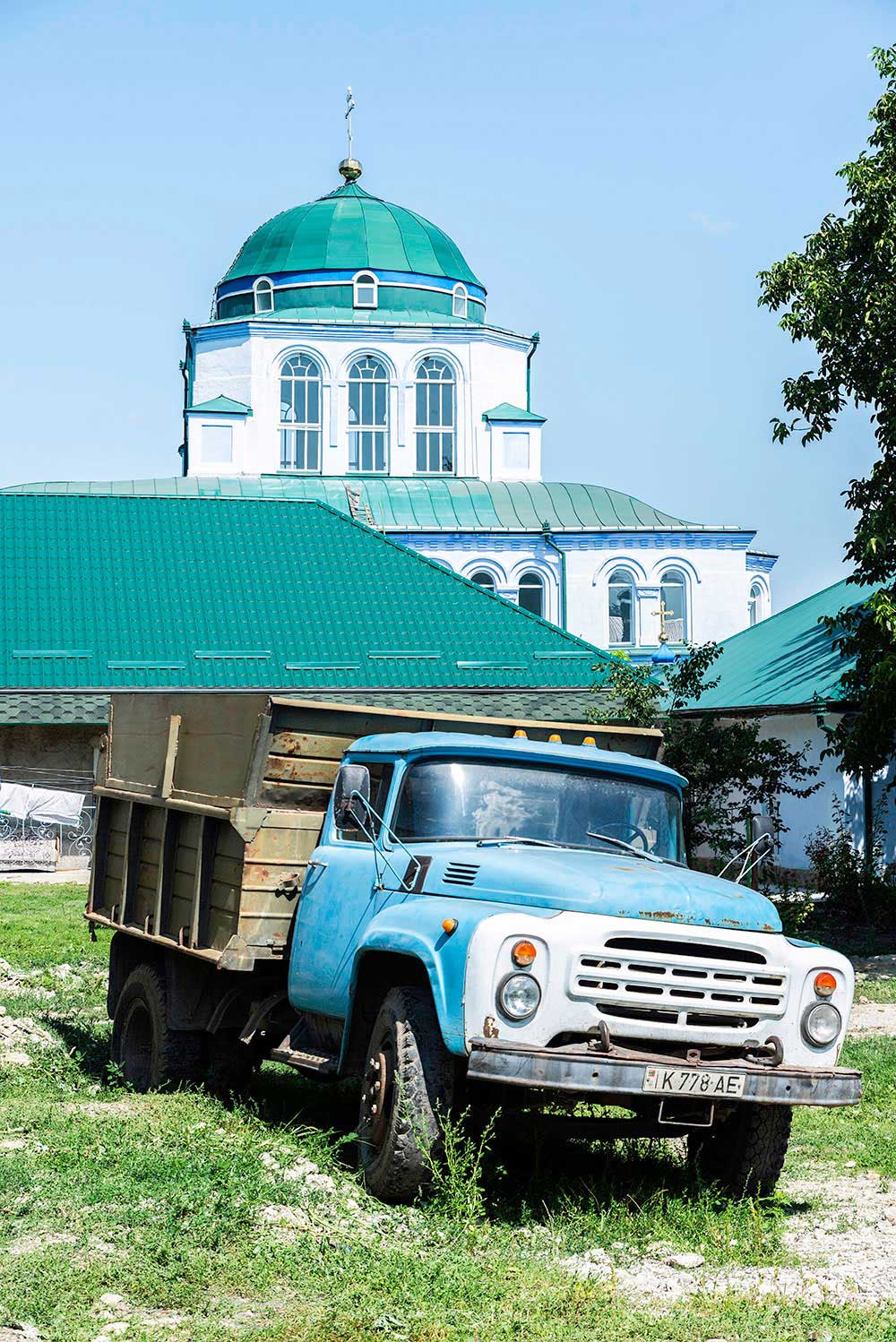This photo-narrative street photography series aims to piece together the puzzle of the Moldavian identity and culture. From its Soviet Union symbols and history, to its flirty adaptation to the western civilisation, there is an unsolved enigma about this country.
Considered by some the poorest in Europe and with the lowest human development index, the decision to be one of the 20 thousand foreign tourists that visit this little eastern nation was dubious for me. However, from the traveller and photographer perspective, the charm was in the uniqueness of its patchy urban and rural landscapes, and the important religious and military presence. In this two weeks photo-trip throughout Moldova I explored: Chisinau, Milestii Mici Winery, Valea Morilor, Saharna Monastery, Tipova Monastery, Orheiul Vechi, Trebujeni-Butuceni Monastery, Cricova Winery, Capriana Monastery, Curchi Monastery, Transnistria (Bender y Tiraspol), Gaugazia, Congaz, Comrat, Belsama, Taraclia, Svetlii, Soroca, Japca Monastery, Balti, Padurea Domneasca National Park and Asconi Winery. The images show the picturesque intricacy of Moldova, looking for its own position between the old and the new, and at the same time combining the respect to the roots and the slow pace movement towards capitalism. Its beauty doesn’t rely on artificiality to embellish the experience, it’s just authentic local magnetism.
About Seigar
Seigar is a philologist in English, a highschool teacher, and a curious photographer based in Tenerife. He is a fetishist for reflections, saturated colors, details and religious icons. He feels passion for pop culture that shows in his series. He considers himself a travel and street photographer. His aim as an artist is to tell tales with his camera, to capture moments but trying to give them a new frame and perspective. Travelling is his inspiration. However, he tries to show more than mere postcards from his visits, creating a continuous conceptual line story from his trips. The details and subject matters come to his camera once and once again, almost becoming an obsession. His three most ambitious projects so far are his “Plastic People”, a study on anthropology and sociology that focuses on the humanization of the mannequins he finds in the shop windows all over the world, “Response to Ceal Floyer for the Summer Exhibition” a conceptual work that understands art as a form of communication, and his “Tales of a city”, an ongoing urban photo-narrative project taken in London. He is a self-taught visual artist, though he has also done a two years course in advanced photography and one in cinema and television. He usually covers public events with his camera showing his interest for social documentation. He has participated in several exhibitions: FotoNoviembre TEA, TenDíez, Círculo de Bellas Artes, Phe Gallery, Instituto de Estudios Hispánicos, Espacio Cultural Castillo de San Felipe, ULL Rafael Ramos García International Photography Awards, Tank Festival, Sala Fleming Art Gallery, Loosen Art Gallery in Rome, Haze Gallery in Berlin, and others; and his works have also been featured in international publications: Blanc Magazine, PhotoVogue, Dodho Magazine, Semi Magazine, Latent Image Magazine and others. He writes for The Cultural Magazine (Spain) about photography and for Memoir Mixtapes (Los Angeles) about music. He has collaborated with VICE Spain, WAG1 Magazine (text and photography for both). Lalety, he has been experimenting with the video form, he has directed a short film entitled “Víctor (1997)” and also a video art piece named “Hot Summer, based on true fantasies”. His last interest is documenting social issues related to identity, in search of everything that defines people (hashtags and labels). Recently, he has received the Rafael Ramos García International Photography Award for his photo “Afternoon in the lake”. [Official Website]



